Why Bitcoin Halving Events Are Watched Closely
Bitcoin halving isn’t a random event—it’s one of the most anticipated moments in the cryptocurrency timeline. It happens roughly every four years and directly cuts the reward that miners receive for validating transactions. The impact stretches far beyond mining alone.
The reason it matters is simple: fewer rewards mean fewer new bitcoins entering circulation. That scarcity changes how miners operate and affects how investors view the asset. For long-time holders and newcomers alike, halving events signal major changes in Bitcoin’s ecosystem.
Halvings are written into Bitcoin’s code. They’re predictable, yet they often spark intense market interest. Each one adjusts the pace at which new coins are created, setting the stage for shifts in both price and profitability.
How the Halving Mechanism Actually Works
Bitcoin’s network is designed to release a total of 21 million coins. To control this over time, rewards given to miners are reduced in half at intervals of 210,000 blocks—approximately every four years. This shrinking payout ensures that all coins aren’t mined too quickly.
In the early days, miners earned 50 bitcoins for each block. The first halving in 2012 reduced this to 25. The next in 2016 brought it to 12.5, and in 2020, it fell to 6.25. After the 2024 halving, it will drop again to 3.125 per block.
This system slows down new supply, making Bitcoin more scarce over time. It’s a built-in inflation control that mimics the way precious metals become harder to extract as resources are depleted. The halving is how Bitcoin remains true to its limited-supply nature.
The Immediate Impact on Miner Revenue
For miners, the most obvious change is a 50% drop in the number of bitcoins earned per block. If costs remain the same—like electricity, hardware, and maintenance—that cut hits revenue directly. It forces every mining operation to reevaluate its margins.
Miners with high electricity costs or older equipment may find themselves in a tough spot. If the reward doesn’t cover expenses, some may shut down. Others may relocate to regions with cheaper power or invest in more efficient machines to stay profitable.
This shake-up isn’t all negative. It can push the industry to become more efficient. It also rewards those with better planning and stronger setups. In that way, halvings clean out weaker operators and strengthen the long-term network.
Price Movements That Often Follow Halvings
While halving events reduce rewards, they also create buzz. Historically, Bitcoin has experienced price increases in the months following a halving. With less new supply and steady or growing demand, prices often adjust upward.
After the 2012 halving, Bitcoin rose sharply within a year. A similar trend followed the 2016 event, with major gains by 2017. The 2020 halving preceded a run that saw Bitcoin reach all-time highs in 2021. These patterns draw attention every time a halving nears.
But price movement isn’t guaranteed. Market conditions, global news, and adoption trends all play roles. Still, the link between reduced supply and price increases has become part of Bitcoin’s narrative, influencing how both traders and miners react to each halving.
How Halvings Affect Mining Strategies
Miners know halvings are coming. Most plan for them years in advance. They track equipment efficiency, monitor power costs, and estimate when they’ll need to upgrade. Many stockpile coins during high-earning phases to prepare for leaner post-halving months.
Some shift focus to transaction fees. While a block reward drop, the fees attached to transactions can still offer income. If the network is busy and fees rise, miners may recover some of their lost earnings, especially when reward sizes shrink significantly.
Others consider merging mining operations or joining mining pools for more stable returns. Pools allow miners to combine resources and share payouts. This lowers the risk of going unrewarded and makes smaller operations more resilient after a halving.
The Role of Transaction Fees After Each Halving
As block rewards decrease, transaction fees gain importance. Every Bitcoin block includes a small fee from each transaction. These add up and are collected by the miner who processes the block. While fees are a small part of total income today, their role will grow.
In the early days, miners relied almost entirely on block rewards. Now, fees contribute a meaningful portion during times of high activity. As rewards shrink over future halvings, the network will depend more on these fees to keep miners motivated.
This transition could change how users interact with the network. During peak times, fees may rise. Users sending large or urgent transactions might pay more to be prioritized. This creates a shifting balance between miner earnings and user experience.
Long-Term Sustainability for the Mining Industry
Bitcoin halving events challenge the sustainability of mining operations. As rewards shrink, only those with efficient operations will remain profitable. This encourages the industry to adopt better technology and greener energy sources.
Some miners invest in renewable energy to lower power costs. Others build operations in colder climates to reduce cooling needs. These choices don’t just reduce expenses—they also make mining more sustainable in a world increasingly focused on energy use.
Over time, the network may rely more on low-cost, high-efficiency miners. These changes could stabilize the network and make it more resistant to price swings. Halvings push the industry to adapt, which helps Bitcoin stay secure and decentralized.
Public Perception and Market Sentiment
Each halving sparks renewed media coverage and public interest. The event is predictable, but its effects fuel speculation. Traders watch for price shifts, investors study past patterns, and the public tunes in for possible market movement.
This attention influences market sentiment. If people believe the halving will drive prices up, they may buy in early. That anticipation can itself become a force that moves the price. On the other side, fear of falling mining rewards may cause some to sell or wait.
Sentiment doesn’t always match reality, but it matters. It shapes trading volume, market liquidity, and how quickly prices react to supply changes. Halvings remind everyone—miners and investors alike—that Bitcoin’s rules don’t change, but emotions often do.
Comparing Past Halvings to Anticipate the Future
Looking at previous halvings provides insight, but no guarantees. Each event happened under different conditions. The 2012 halving came when Bitcoin was still a curiosity. The 2016 halving occurred as exchanges and wallets became more common. The 2020 halving happened amid a rise in institutional interest.
Each time, the network grew stronger. More users, more miners, and more tools appeared. That growth adds complexity to predicting the next post-halving behavior. But it also shows how Bitcoin adapts. The network evolves, and the community learns with each cycle.
As future halvings arrive, lessons from the past help guide decisions. Whether adjusting mining operations or planning investments, history offers useful markers—without promising what’s next. That’s part of Bitcoin’s challenge and its appeal.
Bitcoin’s Supply Plan and Its Impact on Mining Rewards
Halving is part of a long-term vision. Bitcoin’s creator designed it to be a predictable, deflationary currency. With fewer coins released over time, scarcity becomes built-in. For miners, this means shrinking rewards—but also a more valuable asset.
Each halving brings the network closer to its 21 million coin limit. That cap won’t be reached for more than a century, but the path there is laid out clearly. The halving process slows new supply, encourages efficiency, and helps maintain Bitcoin’s economic balance.
In this system, miners face changing incentives. They must adapt or exit. But they’re also part of a network built to reward patience and precision. The halving cycle is more than a technical rule—it’s a signal of Bitcoin’s unique structure and future path.
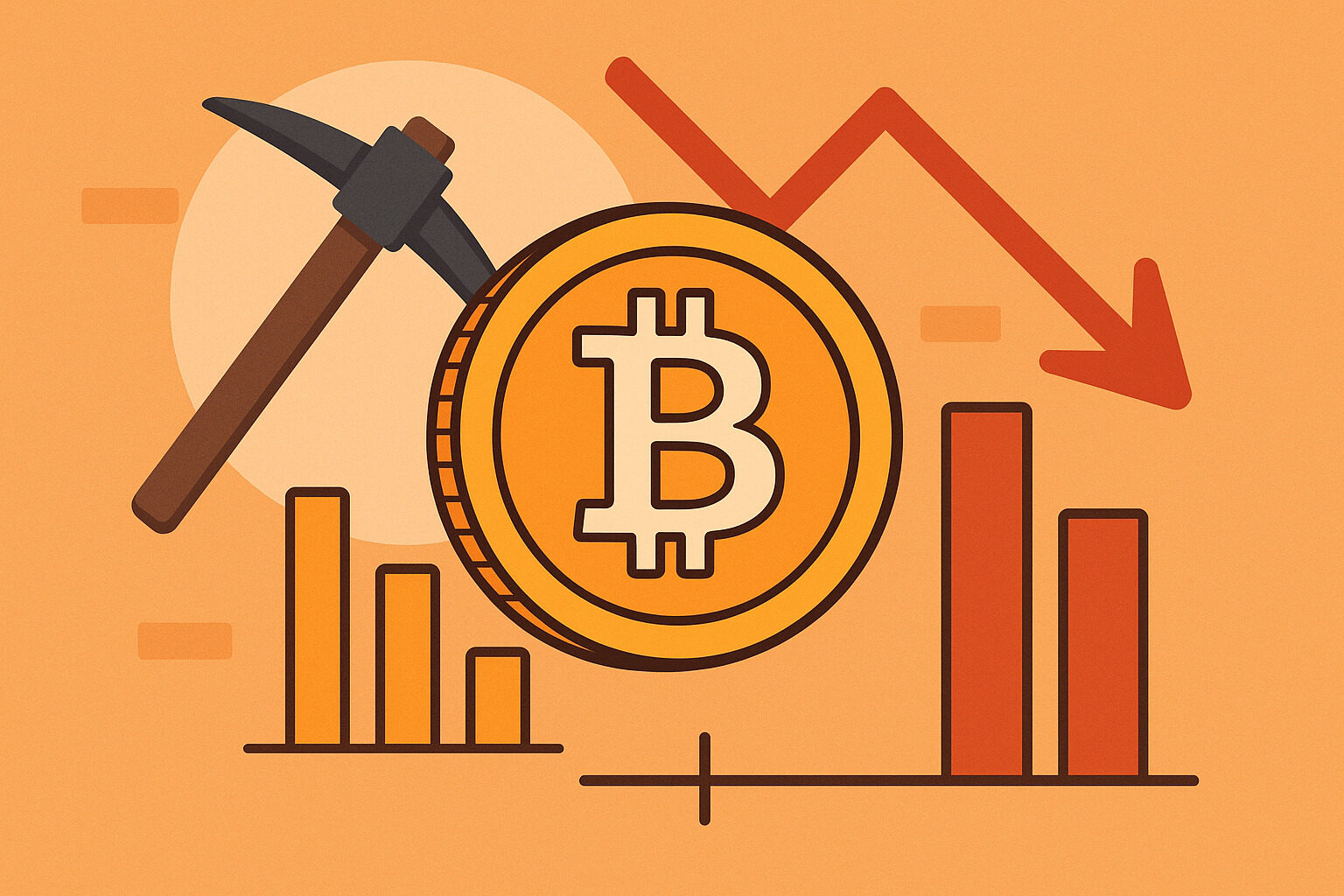



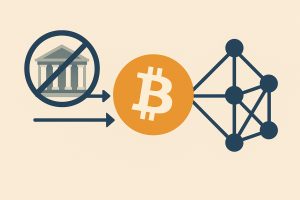
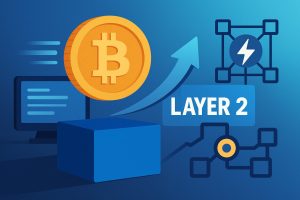
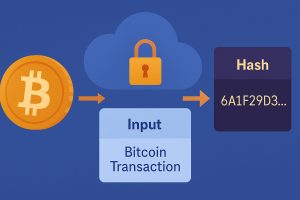

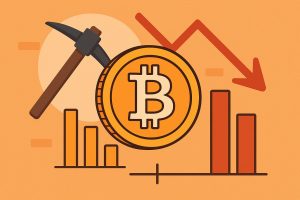
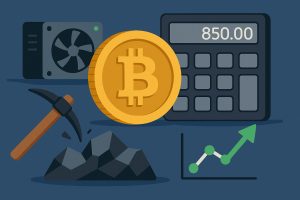
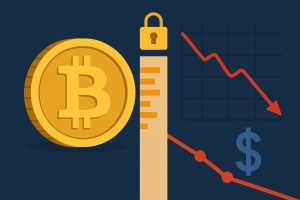





No Responses